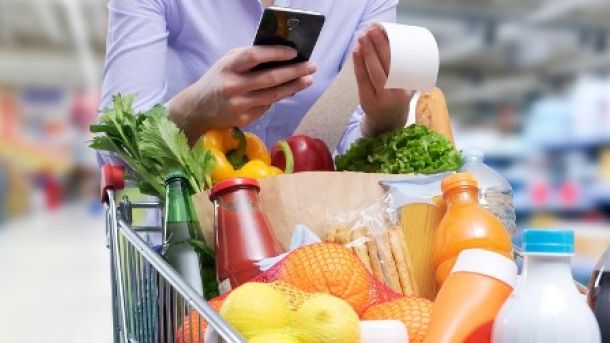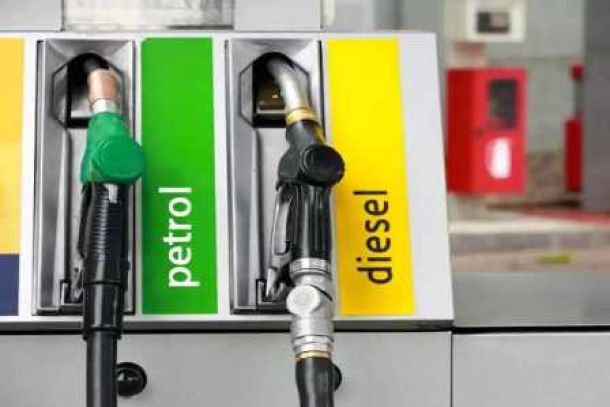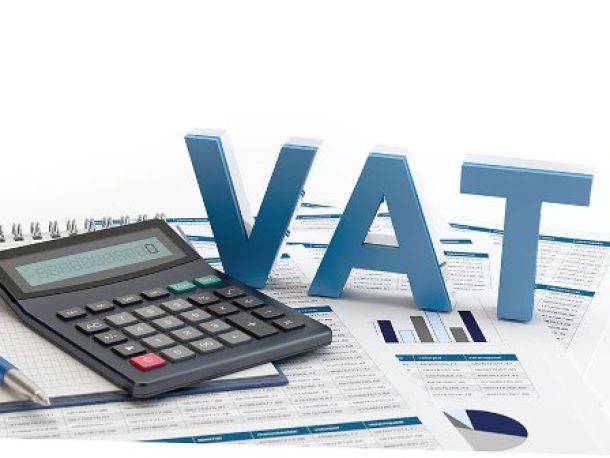
SA consumers caught up in vicious debt cycle
Business Live - Kabelo Khumalo And Nico Gous
Absa is the latest lender to warn of ‘substantial’ credit impairments as interest rates hammer borrowers
Absa has become the latest lender to warn that it is bracing for a surge in credit impairments as consumers come under pressure to keep up with debt repayments, bogged down by interest rates at a 14-year high and sticky inflation.
In a trading update covering the six months to June, the lender said on Friday it expects its credit loss ratio, an amount provisioned by banks for bad debt in the period, to widen.
“With SA consumers under pressure due to significantly higher interest rates, credit impairments are expected to increase substantially, resulting in a credit loss ratio of between 1.25% and 1.3%,” the bank said.
The lenders expected credit loss ratio is above that of the 2022 financial year, which came in at 0.96%, after the group reported credit impairments of R13.7bn, up 61%.
SA consumers have in the past year had to contend with elevated inflation and costs of borrowing.
The Reserve Bank hiked its main lending rate by 50 basis points (bps) to 8.25% in May.
Little relief is expected this week when the central bank’s monetary policy committee meets, with economists split on whether the bank will increase or hold interest rates.
The weakening of the rand with inflation still above the upper limit of the Reserve Bank’s target range of 3%-6% has all but closed the door on a cut in interest rates.
Absa’s dire warning on the state of SA consumers mirrors those of rivals Standard Bank and Nedbank.
Standard Bank CFO Arno Daehnke, in a pre-close call last month, said credit impairments related to consumer banking customers are “now elevated, primarily in SA and, particularly, in home loans”. Daehnke said some consumers are unable to meet their debt obligations.
Nedbank, in its update for the four months that ended in April, said the benefit that comes with the increased endowment enjoyed by banks when interest rates are high is at risk because depressed consumers pose a risk as credit losses “offset to some extent higher levels of endowment income”.
“While now the economic benefits of increased endowment income are greater than the increase in impairments, this benefit is narrowing and is likely to reverse with further interest rate increases,” it said in June.
At the time, Nedbank said it expects the prime lending rate to remain at 11.75% for the rest of the year and expects the Reserve Bank to start cutting the cost of borrowing next year.
However, Standard Bank expects a further 25 bps increase in the second half of the year.
FirstRand, the owner of FNB, said in June it “believes there remains a strong likelihood of further rate hikes”.
Asief Mohamed, chief investment officer of Aeon Investment Management, expects interest rates are likely to be raised one or two more times this year and then stay flat for a while.
“The interest rate cutting cycle may start in the second or third quarter of 2024 on falling inflation expectations both globally and in SA. The interest rate cycle that started more than a year ago will increase the credit losses of banks,” he said.
“Banks are well provisioned for the expected increase in credit losses. This increase ... is not expected to have a material negative impact on bank earnings. The endowment capital of the banks will also benefit from the higher interest rates and partially offset the expected credit losses.”
The latest data from analytics and consumer credit reporting company Experian shows that credit active South Africans have debt of R2-trillion. Experian, in its consumer default index, said there are 29.2-million active accounts across credit cards, personal loans, vehicle loans, home loans and retail loans.
Unsecured
Old Mutual Wealth investment strategist Izak Odendaal said consumers are down but not out. “Most SA households do not have a mortgage. While many lower-income households might be overindebted with unsecured loans, these are small in comparison with home and car loans. “One car loan can be equivalent to hundreds of in-store loans, for instance.”
The Reserve Bank in its financial stability review released at the end of May said “household finances remain under severe pressure due to rising interest rates, load-shedding, high unemployment, weak real income growth and high inflation”.
The central bank said that given the dire economic situation, households are tapping into their savings buffers, “further weakening the sector’s ability to withstand future shocks”.
News Category
- International retailers
- On the move
- Awards and achievements
- Legislation
- Wine and liquor
- Africa
- Going green
- Supplier news
- Research tools
- Retailer trading results
- Supply chain
- Innovation and technology
- Economic factors
- Crime and security
- Store Openings
- Marketing and Promotions
- Social Responsibility
- Brand Press Office
Related Articles

Empowering South African households through gro...

SPAR shares practical tips to beat food inflation

South African motorists could be paying up to R...

Big VAT changes on the cards


